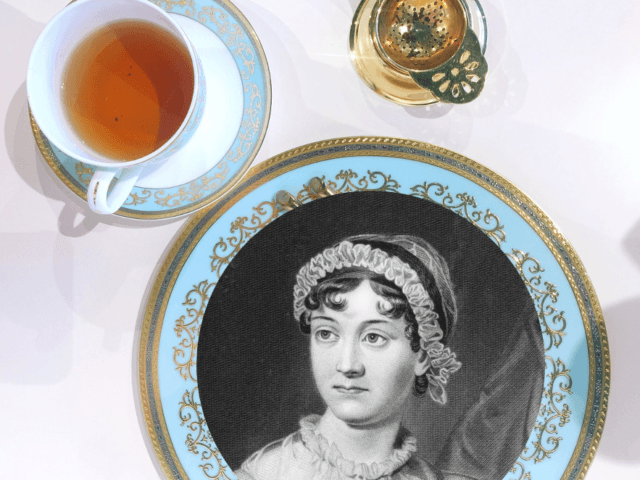Pride and Prejudice author Jane Austen’s affinity for drinking tea will be examined in a Black Lives Matter-style “historical interrogation” at a museum honouring the famed writer.
Austen’s cottage in the Hampshire village in Chawton, which has since been converted into one of the more popular museums dedicated to her, will feature displays on “Regency-era colonialism”, including the use of sugar in tea, the director said.
Speaking to The Telegraph, Lizzie Dunford, director of Jane Austen’s House Museum, said: “This is just the start of a steady and considered process of historical interrogation.
“The slave trade and the consequences of Regency-era Colonialism touched every family of means during the period. Jane Austen’s family were no exception.
“As purchasers of tea, sugar and cotton they were consumers of the products of the trade, and did also have closer links via family and friends.
“At Jane Austen’s House we are in the process of reviewing and updating all of our interpretation, including plans to explore the Empire and Regency Colonial context of both Austen’s family and her work.”
Austen was indeed an avid tea drinker and would often set scenes in her novels around a pot of the beverage.
‘Will This Cr*p Ever End?’: Gardening is Racist, Claims National Trust-Backed Professor https://t.co/wgzUVpyHXp
— Breitbart London (@BreitbartLondon) January 18, 2021
The celebrated English author, who was a fervent abolitionist, has also come under scrutiny for her father’s ties to the slave trade in the Caribbean. Austen’s father, Reverend George Austen, became a trustee of a sugar plantation in Antigua owned by his friend James Nibbs in 1760, some 15 years before the birth of Miss Austen.
Had Nibbs died earlier, her father could have become responsible for running the plantation. Austen never directly profited off the slave trade, and her works, including Mansfield Park, were often critical of slavery.
A display set to be installed at the museum, entitled ‘Black Lives Matter to Jane Austen’, will note her abolitionist views, stating: “Jane Austen belonged to that progressive group in society from which came the anti-slavery campaigners William Wilberforce and Thomas Clarkson. She reveals her social conscience in her reading and her writing.”
Ms Dunford said that issues surrounding the British Empire and the slave trade would be central “in the planning of all our future interpretation and storytelling”, saying that the museum will reach out to interest groups and experts to guide their reinterpretation of Austen.
“We believe that this is hugely important work and are looking forward to sharing this over the next few years,” Ms Dunford added.
The British Library Adds George Orwell, Byron, and More to Dubious List of Shame https://t.co/YQIY4lDiYo
— Breitbart London (@BreitbartLondon) November 24, 2020
Museums in Britain have increasingly looked to adopt a more leftist view of history in the wake of widespread Black Lives Matter protests over the past year.
In August, for example, the British Museum in London removed the bust of Sir Hans Sloane, the 18th-century founder of the museum, from its pedestal over his ties to the slave trade.
The following month, the Natural History Museum announced a review of so-called “problematic” collections, including species of exotic birds collected by English naturalist Charles Darwin.
Even British wartime leader Sir Winston Churchill’s former home at Chartwell in Kent was listed on a BLM-style shame list by the National Trust.
More recently, the University of Glasgow’s Hunterian Museum, Scotland’s oldest public museum, announced in February that it would be hiring a “curator of discomfort” to review issues of past and present “white supremacy”.
Children Asked to Write Anti-Britain Poetry by Woke National Trust: Report https://t.co/PTFBLuBre2
— Breitbart London (@BreitbartLondon) April 7, 2021
Follow Kurt Zindulka on Twitter here @KurtZindulka

COMMENTS
Please let us know if you're having issues with commenting.